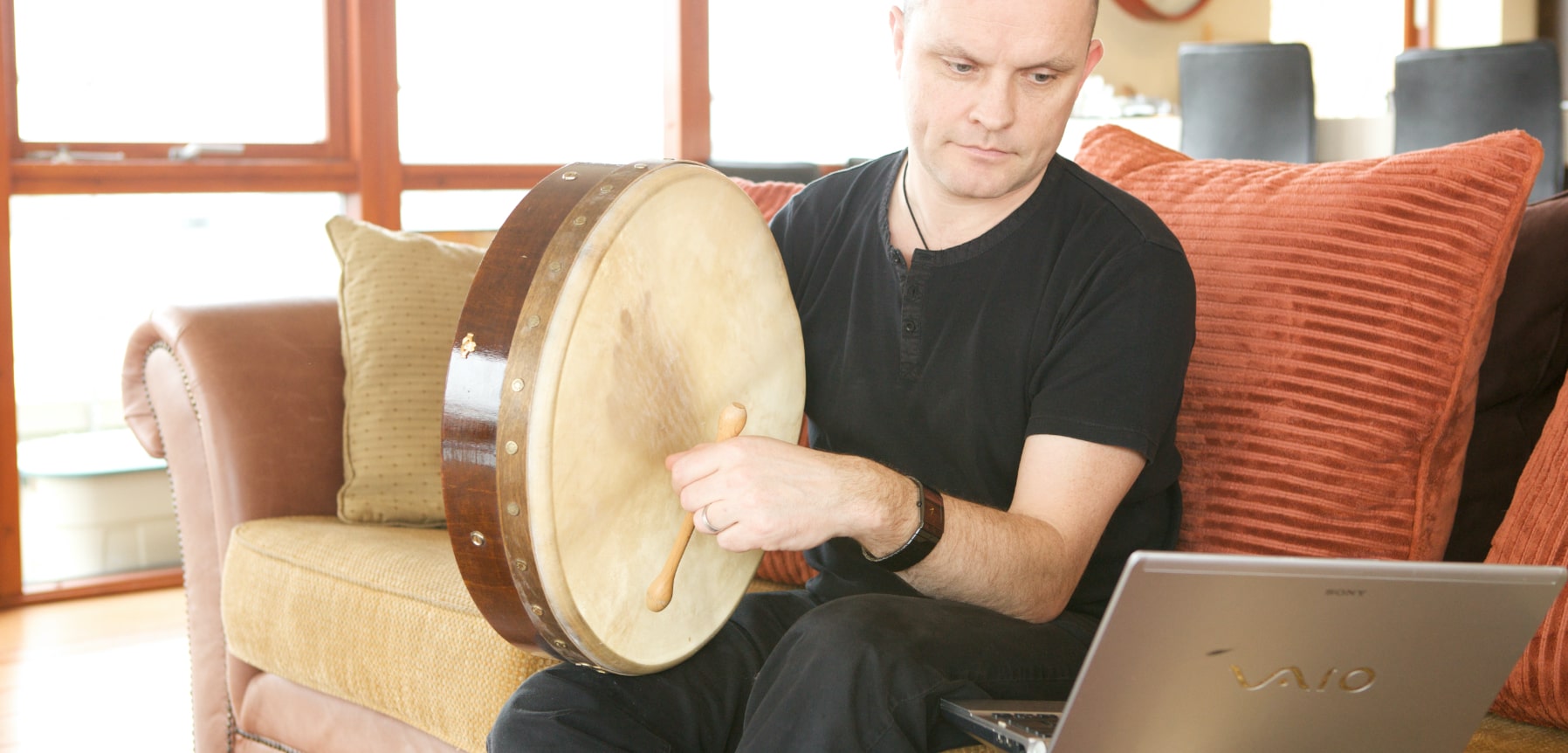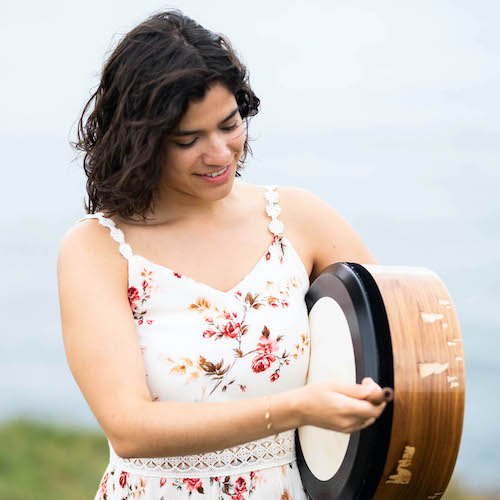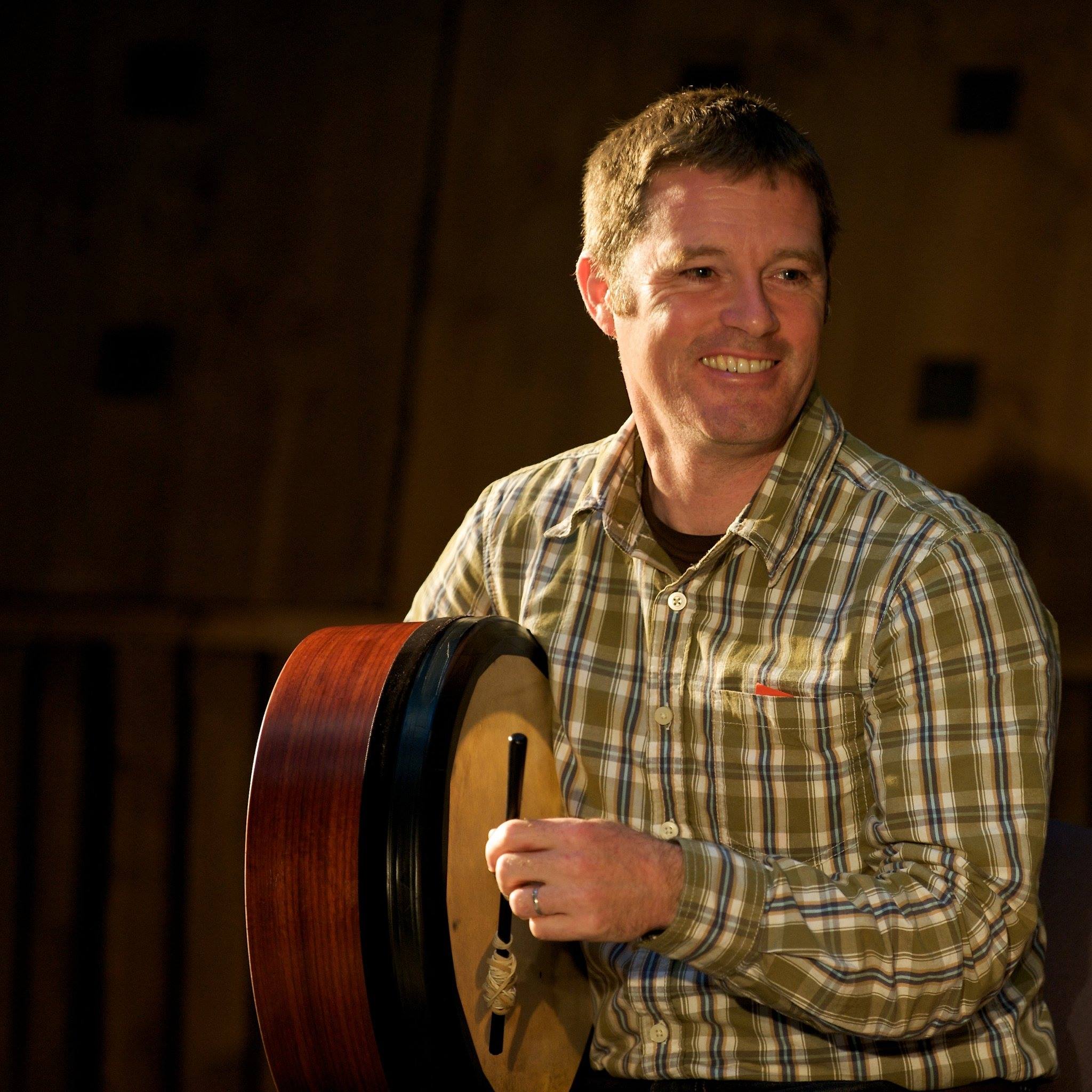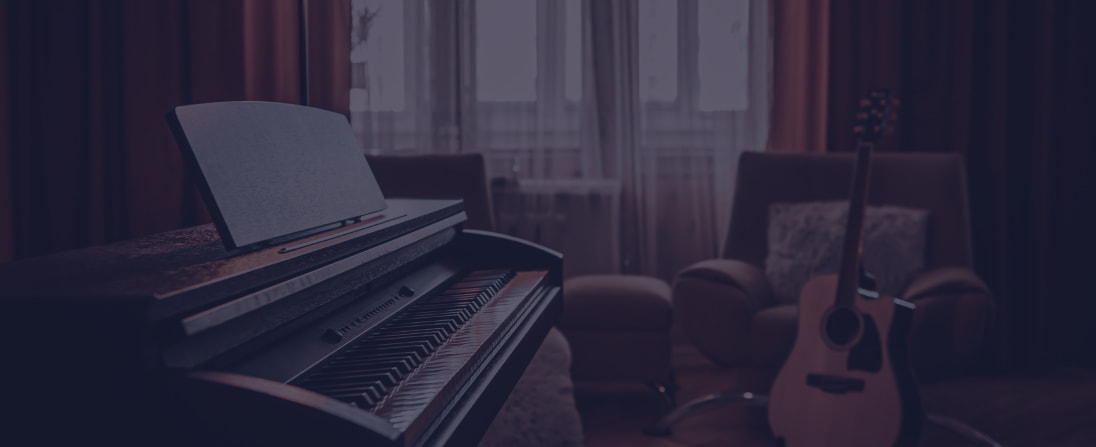Learn From Home: Step by Step Bodhran Lessons
The Bodhrán is one of the most recognisable Irish musical instruments around. In the right hands, this Irish hand-held drum provides definitive, strong and enchanting rhythms as the musician expertly tinkers its pitch and timbre. But don’t be fooled by the ease with which they play, mastering this traditional drum is no easy feat. Our online Bodhrán courses will provide you with the skill-set and know-how to quickly master your Bodhrán, saving you time on figuring it out for yourself. Master tutors will show you how to hold and handle your Bodhrán all from the comfort of your home. We have two amazing courses for beginners from Nicolle Fig and Brian Fleming. Follow these with a master class from Jim Higgins and you too will be well on your way to making it all look easy!
Try it for free, Cancel anytime
- 18 lessons teaching how to play 13 very popular Irish tunes
- PDF sheet music & mp3’s to download & keep for each tune
- Progress at your own pace, pause & repeat videos
- Access to 14 instruments, 60+ courses, 1000+ tutorials
- Access on all your devices
- 14-day free trial. Cancel anytime








